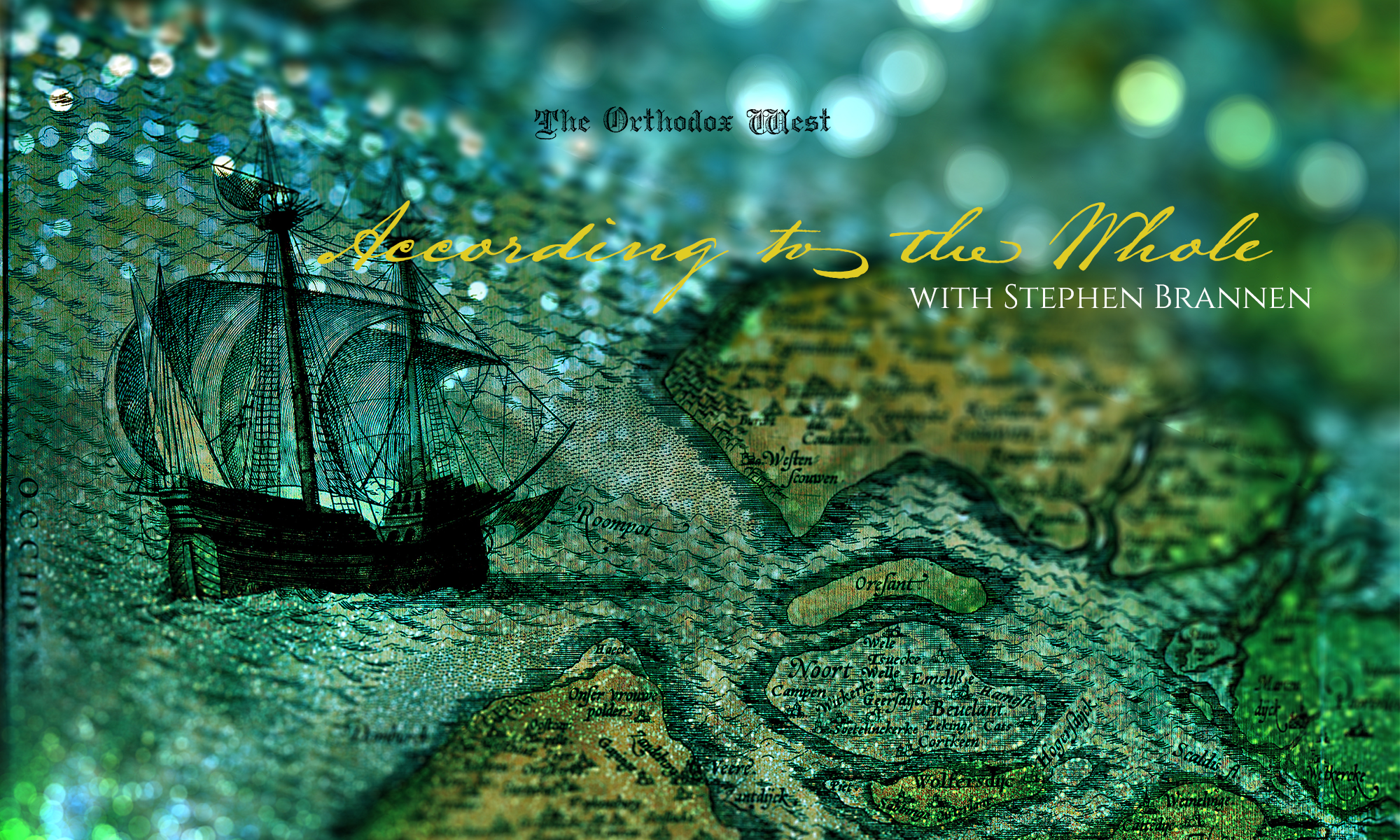
As the faithful of the Western Rite enter in our church buildings on the Sunday before Palm Sunday, our eyes search for the familiar and holy images that we have become accustomed to seeing there, but instead we find violet veils. Those experiencing this for the first time may be confused—and hopefully, disturbed—at not seeing the holy images. The cross and the icons are veiled from our sight on the fifth Sunday of Lent, traditionally called “Passion Sunday,” and it marks a distinct turning toward the end of this Lenten journey. But why are the icons veiled, and why is this called “Passion” Sunday if the Gospel passage (St. John 8:46-59) isn’t the account of Christ’s passion?
Continue reading “The Passiontide Veiling”

